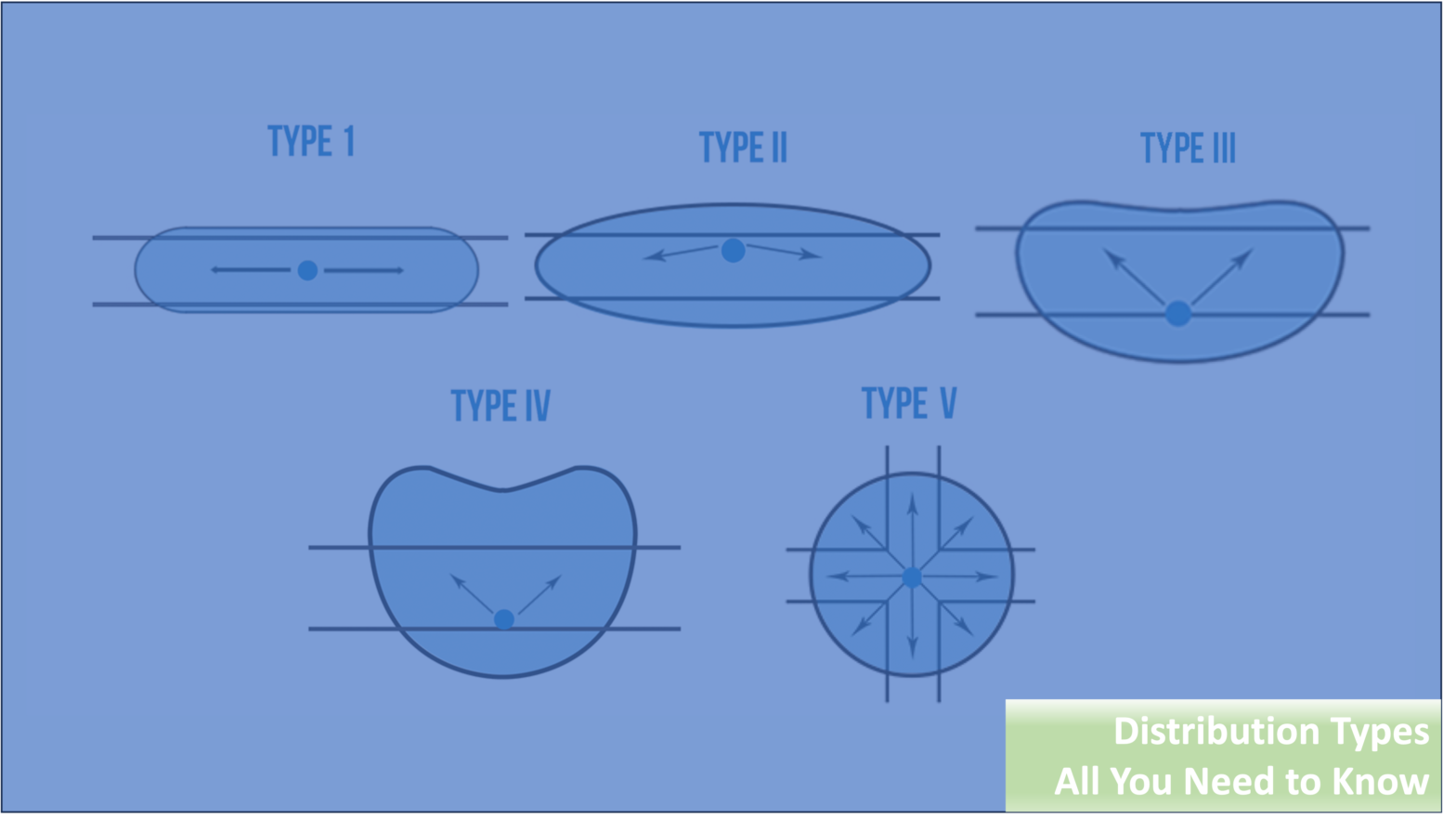Introduction
In modern-day environments, energy efficiency and occupant comfort have become paramount concerns. One solution that addresses both is the implementation of ceiling occupancy sensors. These smart devices intelligently detect human presence and movement within a space, allowing for automatic control of lighting, HVAC systems, and other electrical appliances. This article delves into the world of ceiling occupancy sensors, examining their types, applications, and advantages in detail.
Table of contents
Types of Ceiling Occupancy Sensors
Ceiling occupancy sensors come in various types, each catering to specific needs and scenarios. Here, we explore the most common sensor technologies that have revolutionized the way spaces are managed.
Passive Infrared (PIR) Sensors
Description: PIR sensors are one of the most popular types of ceiling occupancy sensors. They operate based on detecting infrared radiation emitted by the human body.
Features and Working Principle: PIR sensors consist of pyroelectric materials that generate an electric charge when exposed to infrared radiation. These sensors have two pyroelectric sensors with a lens to focus on the detection area. When a person moves within the sensor’s field of view, the change in infrared radiation activates the sensor, triggering the control of lighting or other devices.
Applications: PIR sensors find widespread use in office spaces, conference rooms, hallways, and restrooms, providing energy-efficient lighting control.
Ultrasonic Sensors
Description: Ultrasonic ceiling occupancy sensors rely on sound waves to detect movement.
Features and Working Principle: These sensors emit ultrasonic waves and measure the time taken for the waves to bounce back after hitting an object or person. If there is any movement within the detection range, the time delay changes, signaling the presence of an occupant.
Applications: Ultrasonic sensors are ideal for spaces with obstructions or where direct line-of-sight detection is challenging, such as storage rooms and restrooms.
Dual-Technology Sensors
Description: Dual-technology sensors combine PIR and ultrasonic technologies for enhanced accuracy and reliability.
Features and Working Principle: These sensors require both PIR and ultrasonic signals to be triggered. The dual verification minimizes false activations and ensures precise occupancy detection.
Applications: Dual-technology sensors are suitable for areas where accurate and reliable detection is crucial, such as classrooms and healthcare facilities.
Microwave Sensors
Description: Microwave sensors use microwave signals to sense motion.
Features and Working Principle: These sensors emit continuous microwave signals and measure the frequency shift caused by movement within the monitored area. They offer wide coverage but might be affected by physical barriers.
Applications: Microwave sensors are preferred for high-security areas, parking lots, and open spaces.
Image Processing Sensors
Description: Image processing sensors use cameras to capture and analyze visual data.
Features and Working Principle: Advanced algorithms analyze the images to detect human presence and movement. These sensors offer precise identification of occupancy and can be integrated into smart building systems.
Applications: Image processing sensors are commonly used in modern smart offices, retail stores, and conference centers.
Time-of-Flight (ToF) Sensors
Description: ToF sensors calculate the time taken for light to travel from the sensor to an object and back.
Features and Working Principle: By measuring the time-of-flight of light, these sensors determine the distance of the object from the sensor. They can identify both stationary and moving occupants.
Applications: ToF sensors are suitable for various environments, including offices, warehouses, and airports.
Hybrid Sensors
Description: Hybrid sensors combine multiple technologies to provide comprehensive occupancy detection.
Features and Working Principle: By leveraging the strengths of different technologies, hybrid sensors offer improved accuracy and flexibility in various environments.
Applications: Hybrid sensors are versatile and can be used in educational institutions, healthcare facilities, and commercial buildings.
Advantages of Ceiling Occupancy Sensors
Ceiling occupancy sensors offer numerous benefits that make them indispensable in modern building management systems. Let’s explore some of the key advantages they bring to the table:
1. Energy Efficiency
By automatically controlling lighting and HVAC systems, occupancy sensors help optimize energy consumption, reducing utility costs and carbon footprint.
2. Cost Savings
The energy savings achieved through occupancy sensors translate into significant cost reductions for businesses and homeowners alike.
3. Convenience
Occupancy sensors eliminate the need for manual switching of lights and appliances, making spaces more user-friendly and hassle-free.
4. Extended Equipment Life
Reduced usage of lighting and HVAC systems prolongs their lifespan, minimizing maintenance and replacement expenses.
5. Customization
Some advanced occupancy sensors allow for personalized settings, enabling users to tailor lighting and climate control to their preferences.
6. Environmental Impact
By promoting energy efficiency, occupancy sensors contribute to conserving natural resources and protecting the environment.
7. Safety and Security
In areas like parking lots or hallways, automatic lighting control ensures better visibility, enhancing safety and security.
8. Compliance
Many building codes and green building certifications mandate the use of occupancy sensors, making them essential for meeting regulatory requirements.
9. Occupancy Data
Some occupancy sensors can collect data on space utilization, which helps facility managers optimize layouts and design for better productivity.
10. Adaptability
Ceiling occupancy sensors can be integrated into smart building systems, enabling seamless automation and integration with other IoT devices.
Selecting the Right Ceiling Occupancy Sensor
With a myriad of options available, choosing the right ceiling occupancy sensor can be overwhelming. Consider the following factors to make an informed decision:
A. Space Type
Assess the type of space (e.g., office, warehouse, restroom) where the sensor will be installed, as different spaces have unique requirements.
B. Sensor Technology
Understand the technology best suited for your needs, whether it’s PIR, ultrasonic, or a combination of both.
C. Detection Range
Determine the required coverage area of the sensor to ensure optimal detection within the space.
D. Installation Height
Consider the mounting height of the sensor, as this affects its performance and accuracy.
E. Sensor Settings
Look for sensors with adjustable settings, allowing you to fine-tune sensitivity and time delay.
F. Integration Capability
If you have a smart building system in place, ensure the sensor can integrate seamlessly with it.
FAQs
A: While some occupancy sensors are designed for DIY installation, it’s recommended to seek professional assistance for proper setup and calibration.
A: Most PIR-based occupancy sensors require a minimal level of ambient light to detect infrared radiation accurately. Some advanced sensors, like image processing sensors, can function in complete darkness.
A: Yes, certain occupancy sensors are designed for outdoor use and are equipped to withstand environmental conditions like rain and temperature fluctuations.
A: Yes, occupancy sensors are compatible with various types of lighting, including LED, CFL, and incandescent bulbs.
A: Many occupancy sensors have manual override options, allowing users to control lighting and appliances







